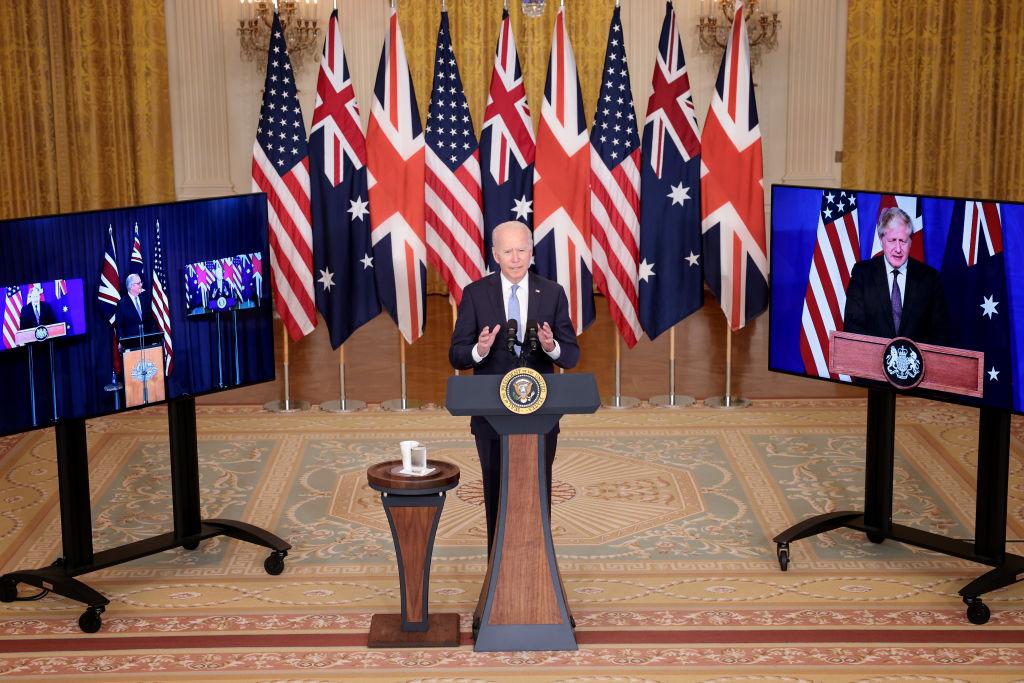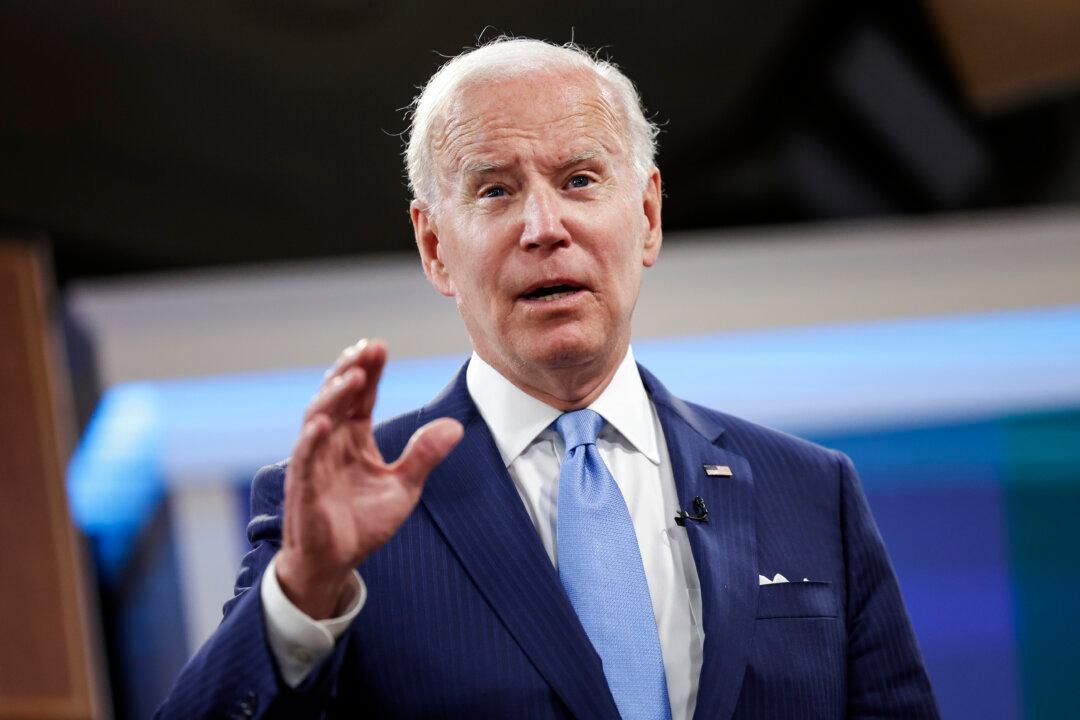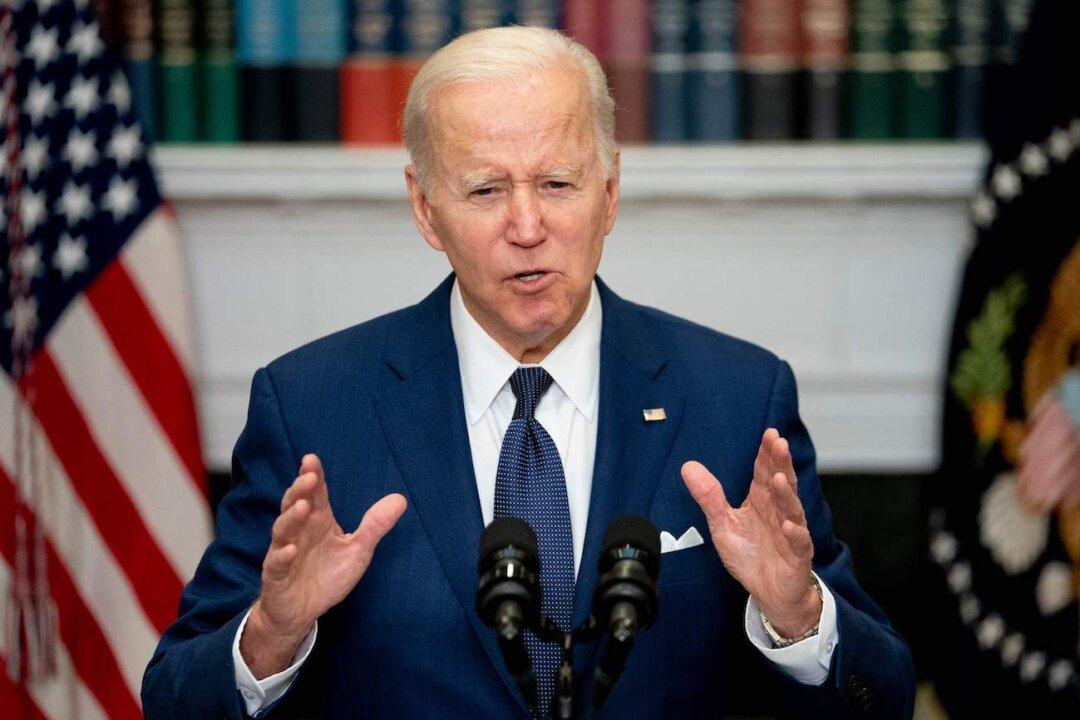President Joe Biden, along with other leaders from the trilateral AUKUS international defense partnership, announced on April 5 the group will join in an effort to develop hypersonic missiles.
The pact between Australia, the United Kingdom and the United States, known as AUKUS, was announced in September 2021. Its main piece is a plan to build a fleet of conventionally armed, nuclear-powered submarines for the Australian military as part of a security effort in the Indo-Pacific region.




